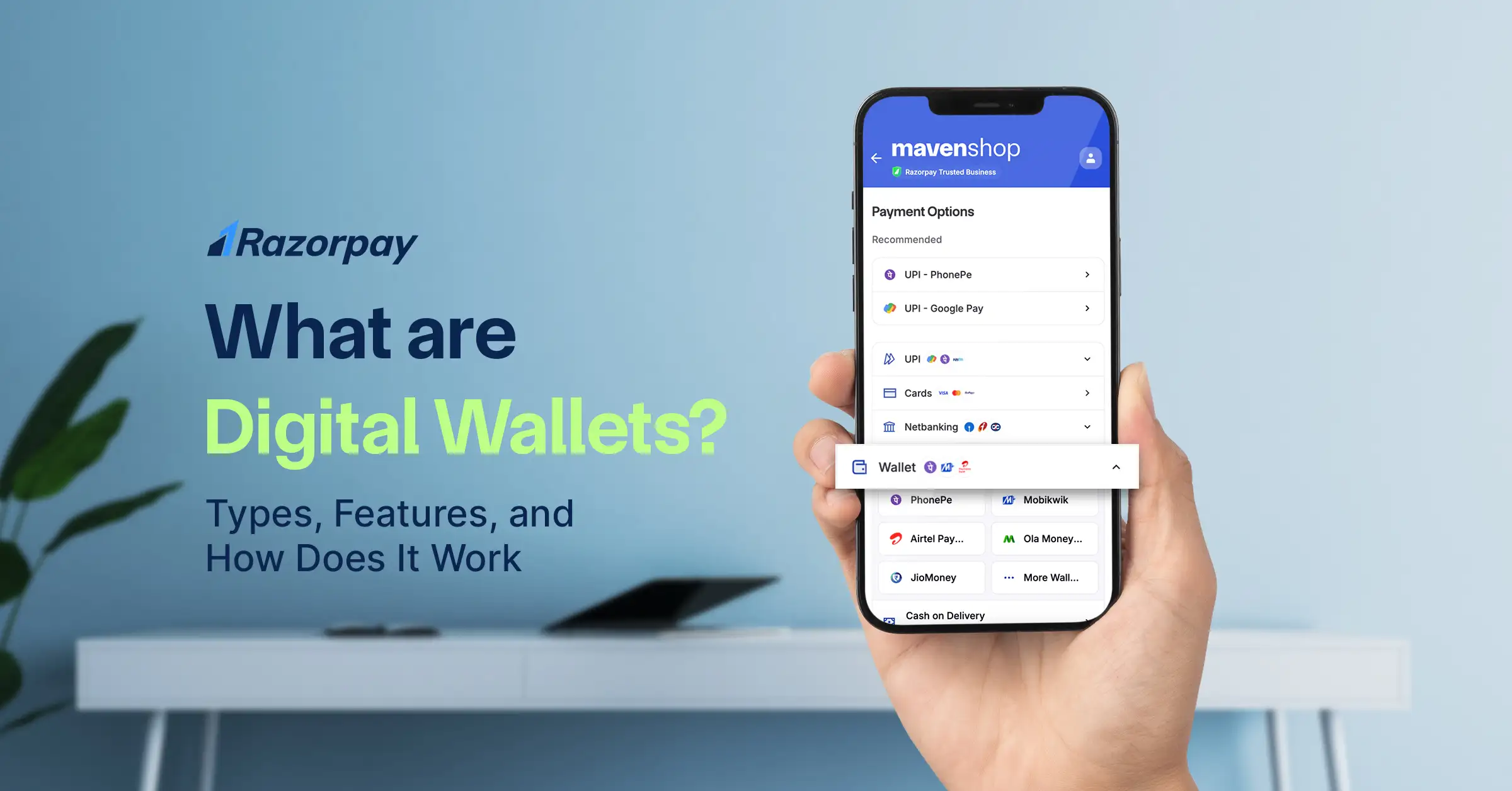What is the difference between P2P app and digital wallet? Many people often confuse these two terms because they both help with digital payments. However, they are not the same. While both P2P apps and digital wallets are used to send or store money digitally, they have different features and purposes. Understanding these differences will help you choose the best one for your needs.
P2P apps, or peer-to-peer payment apps, are used to transfer money directly between individuals. These apps make it easy to send money to friends, family, or anyone you owe. On the other hand, digital wallets store your payment information and allow you to pay for goods and services online or in stores. Digital wallets may also offer features like storing loyalty cards or keeping track of your expenses.
What is the Difference Between P2P App and Digital Wallet?
When exploring digital payment options, you might wonder: what is the difference between P2P app and digital wallet? While both tools help make digital payments easier, they serve different purposes. A P2P app lets you send money to friends or family, while a digital wallet stores your payment information securely for online or in-store purchases.
P2P apps, like Venmo or PayPal, allow you to send money to others directly. You don’t need to use cash or a check anymore; a P2P app makes transactions faster and simpler. On the other hand, digital wallets, like Apple Pay or Google Pay, store your credit or debit card details. You can pay for things with just your smartphone, making it super convenient for everyday purchases.
Understanding P2P Apps: How They Work and What They Offer
P2P apps are designed to make sending money to friends and family easier than ever. You simply link your bank account or card to the app, and you can instantly transfer money. These apps are perfect for splitting bills or sending gifts.
Some of the most popular P2P apps include:
- Venmo – Great for sending money to friends.
- PayPal – Well-known for online shopping payments.
- Zelle – Linked directly to your bank for fast transfers.
P2P apps often don’t charge fees for basic transfers, which makes them an affordable option for many people.
Digital Wallets Explained: How Do They Store Your Money?
A digital wallet is more than just a way to send money. It’s an app where you can safely store your credit or debit card information. Digital wallets are highly secure because they encrypt your payment data, protecting it from hackers.
Digital wallets offer more than just storing card information. They also allow you to:
- Pay for goods in stores or online.
- Track spending and view transaction history.
- Store loyalty cards for discounts.
Some examples of digital wallets include:
- Apple Pay
- Google Pay
- Samsung Pay
With a digital wallet, you don’t need to carry your physical card around, which makes payments easier and safer.
Key Features of P2P Apps vs. Digital Wallets: Which One Suits You Best?
Understanding the key features of both P2P apps and digital wallets can help you choose the right one for your needs. Here are the main differences:
P2P Apps:
- Fast money transfers to friends and family.
- Free or low-cost transfers for basic transactions.
- Limited to sending money, not for in-store purchases.
Digital Wallets:
- Secure card storage for online and in-store payments.
- Loyalty program integration for better savings.
- More versatile with bill payments and even crypto storage.
How Secure are P2P Apps and Digital Wallets?
Security is a top priority for both P2P apps and digital wallets. So, how do they keep your data safe? Let’s break it down:
P2P Apps:
- Encryption to protect transactions.
- Multi-factor authentication for extra safety.
- Secure login with PIN codes or biometric verification.
Digital Wallets:
- Tokenization to keep card details private.
- Biometric authentication for added protection.
- Secure connections with banks and retailers.
Both offer strong security measures, but digital wallets often include extra layers like tokenization, making them more secure for everyday purchases.
Can You Use Both P2P Apps and Digital Wallets Together?
Yes, you can use P2P apps and digital wallets together for a smooth and secure experience. For example, you could use a P2P app to send money to a friend and then use your digital wallet to pay for your lunch.
Here’s how combining both tools can benefit you:
- P2P apps for sending money to family and friends instantly.
- Digital wallets for making fast and secure payments at stores.
- Using both gives you the flexibility to handle all your financial transactions easily.
Conclusion
understanding what is the difference between p2p app and digital wallet can help you choose the best tool for your needs. P2P apps are perfect for sending money to friends and family quickly, while digital wallets are great for safely storing your payment details and making purchases in stores or online. Both tools make digital payments more convenient, but they serve different purposes depending on how you want to manage your money.
So, whether you’re sending money through a P2P app or using a digital wallet to pay for groceries, both can help make your financial life easier and safer. Just remember to choose the one that works best for your needs and always prioritize security when making transactions online.

